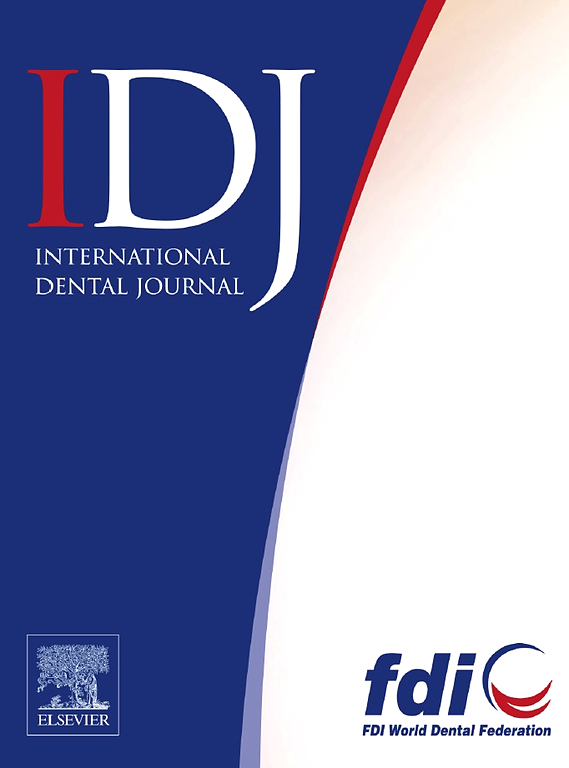New Insights Into the Correlation Between Necroptotic Activation and Neutrophil Infiltration in Pulpitis
IF 3.2
3区 医学
Q1 DENTISTRY, ORAL SURGERY & MEDICINE
引用次数: 0
Abstract
Background
Pulpitis is a significant dental concern characterized by inflammation of the dental pulp, often causing severe pain and potential tooth loss. Immune infiltration and necroptosis, both implicated in various inflammatory conditions, have been noted in pulpitis. However, the roles of necroptosis and immune infiltration in pulpitis pathogenesis remain poorly understood.
Methods
Hematoxylin and eosin (HE) staining assessed inflammatory infiltration in dental pulp tissues. Western blotting (WB) and immunohistochemistry (IHC) quantified pMLKL expression. Transcriptome datasets GSE92681 and GSE77459 from GEO identified necroptosis-related differentially expressed genes (NRDEGs) via bioinformatics analysis. Functional enrichment identified 6 hub NRDEGs based on diagnostic capability through machine learning and immune infiltration. Transwell assays evaluated neutrophil infiltration post dental pulp cells (DPCs) necroptosis. The STRING database analyzed CXCL8-activated neutrophil receptors, and Transwell and co-immunoprecipitation (Co-IP) validated ligand-receptor interactions.
Results
Increased pMLKL expression in inflamed dental pulp indicates activation of necroptosis pathways. Functional enrichment analysis revealed that NRDEGs were mainly involved in necroptosis. Both datasets showed significant inflammatory infiltration. Bioinformatics suggested a link between immune infiltration and necroptosis in DPCs, with correlation analyses showing NRDEGs were closely associated with neutrophil infiltration. Necroptotic DPCs produce CXCL8, which recruits neutrophils via the C3AR1 receptor. The CXCL8/C3AR1 axis, validated by Transwell and co-immunoprecipitation assays, is crucial for communication between necroptosis and neutrophil chemotaxis in DPCs.
Conclusion
Necroptosis occurs in pulpitis and correlates with immune cell infiltration. DPCs undergoing necroptosis can recruit neutrophils via the CXCL8/C3AR1 axis, exacerbating inflammation. This study offers new insights into the pathogenesis of pulpitis and potential therapeutic strategies.
求助全文
约1分钟内获得全文
求助全文
来源期刊

International dental journal
医学-牙科与口腔外科
CiteScore
4.80
自引率
6.10%
发文量
159
审稿时长
63 days
期刊介绍:
The International Dental Journal features peer-reviewed, scientific articles relevant to international oral health issues, as well as practical, informative articles aimed at clinicians.
 求助内容:
求助内容: 应助结果提醒方式:
应助结果提醒方式:


